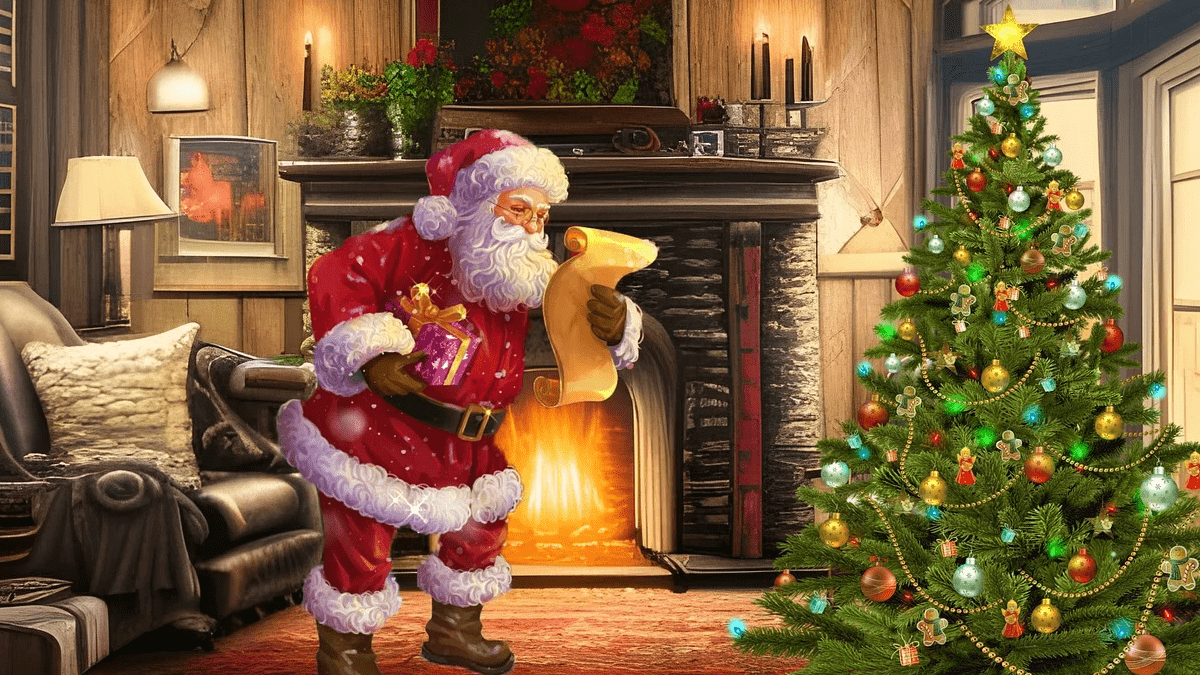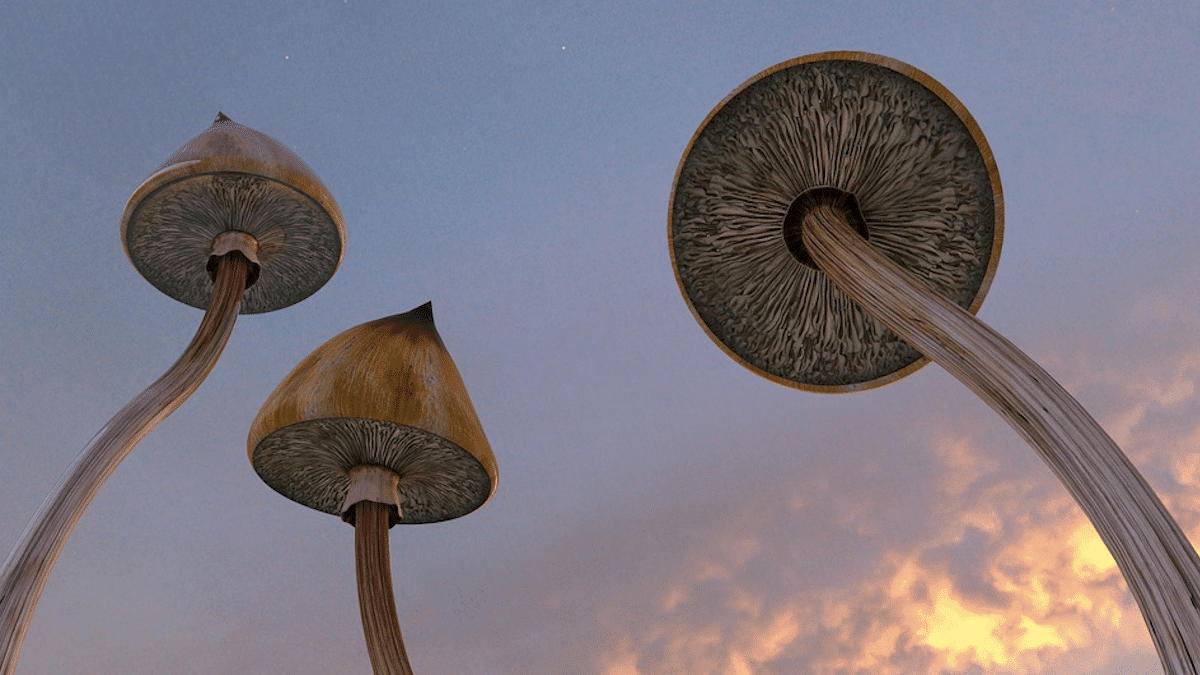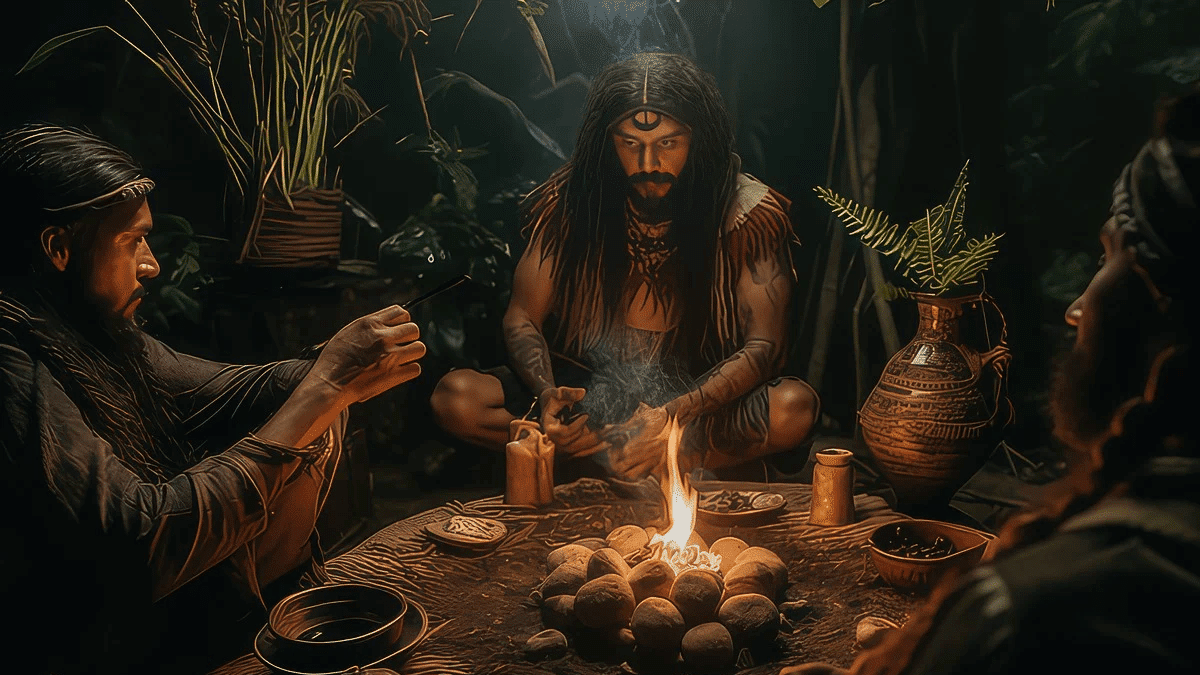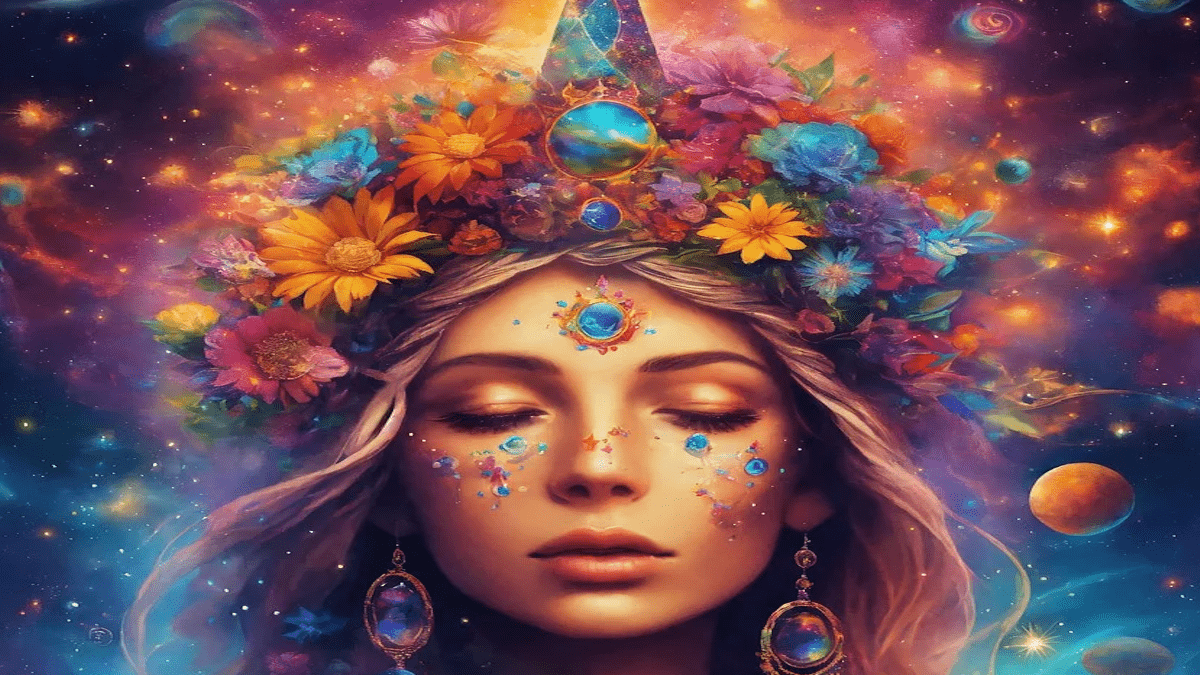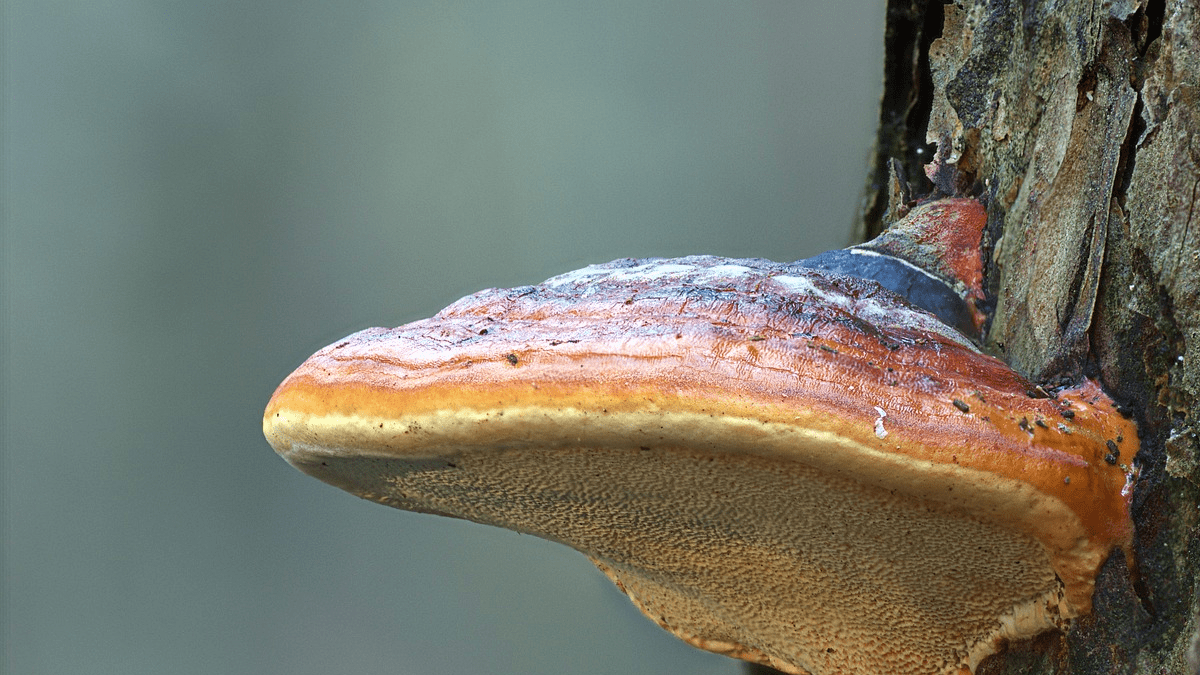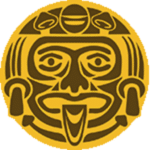Although to many it seems purely a figure from fairy tales, there are theories that suggest Santa Claus is actually based on ancient shamanic traditions. In this article, you will read more about this theory and explore the possible connections between Santa Claus and shamanism.
Table of contents
The origins of Santa Claus
The modern version of Santa Claus, with his red suit and white beard, is largely based on the American interpretation of St. Nicholas and the Scandinavian folklore figure called Tomte. But Santa's origins go further back in history than the familiar tales of the North Pole. [1]
Connections to shamanism
Some anthropologists and historians believe the origins of Santa Claus date back to ancient shamanic traditions. The shaman was an important figure in many indigenous cultures, associated with spiritual healing, communication with spirits and bringing gifts to the community. These roles bear striking similarities to Santa's current role in Western culture.
Similarities and symbolism
The shaman often wore a red robe and was associated with reindeer, which he used to travel to other dimensions. This is reminiscent of Santa Claus with his red suit and flying reindeer. In addition, shamans were often seen as mediators between the world of the living and the spirit world, just as Santa Claus is a kind of mediator between children and their presents. [2]
The transformation from shaman to Santa Claus
With the spread of Christianity across Europe, ancient pagan traditions intermingled with the celebration of Christmas. As a result, elements of shamanism may have been incorporated into the celebration of Christmas, including the figure of Santa Claus. A shaman is a person who acts as an intermediary between the physical world and the spiritual world. Shamans are often seen as healers, counselors and scholars within their communities. They are respected for their ability to contact higher powers, bring healing to the sick, and give advice to people struggling with problems in their lives.
In many traditional societies, shamans are used as spiritual guides and healers, and they play an important role in the rituals and ceremonies of their communities.
The characteristics of a shaman
A shaman often has certain characteristics that set them apart from other members of the community. They are often seen as extremely sensitive, intuitive and endowed with special powers that allow them to connect with the spiritual world. Shamans often undergo intensive training and initiation to develop and refine these skills. [3]
Shamanism in the modern world
Although shamanism has its origins in ancient cultures around the world, it is still relevant in modern society. Many people still seek help from shamans for healing, spiritual advice and to connect with their inner selves. Sometimes through magic mushrooms such as the Golden Teacher Paddo, the McKennaii Paddo Whether the Mazatapec Paddo!
While it is impossible to say with certainty that Santa Claus is directly descended from ancient shamanic practices, it is fascinating to see the similarities between the two figures. There is no specific historical figure on which modern Santa Claus is based. His origins lie in various folklore figures and pagan traditions.
Sources:
[1] https://www.britannica.com/topic/shamanism

